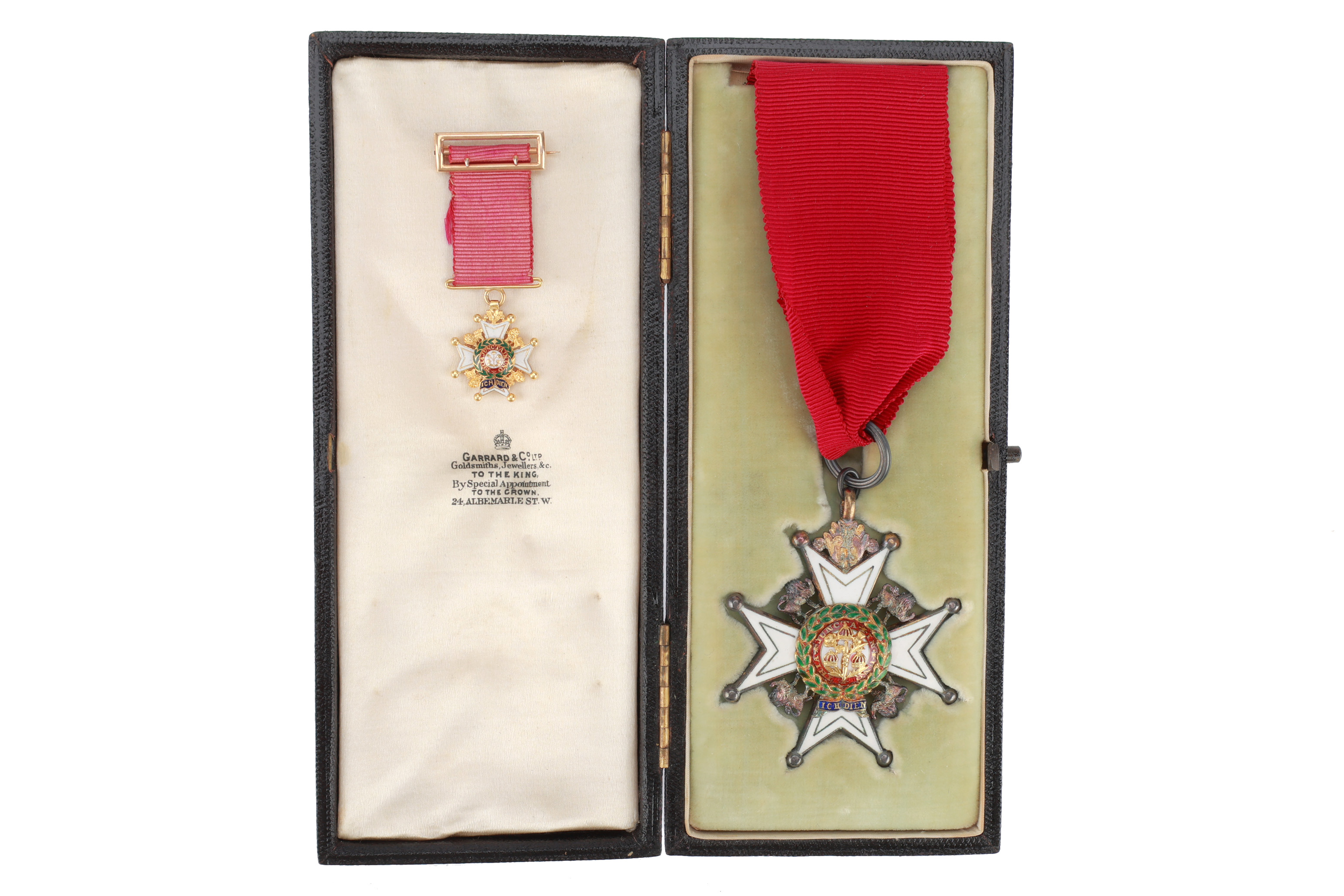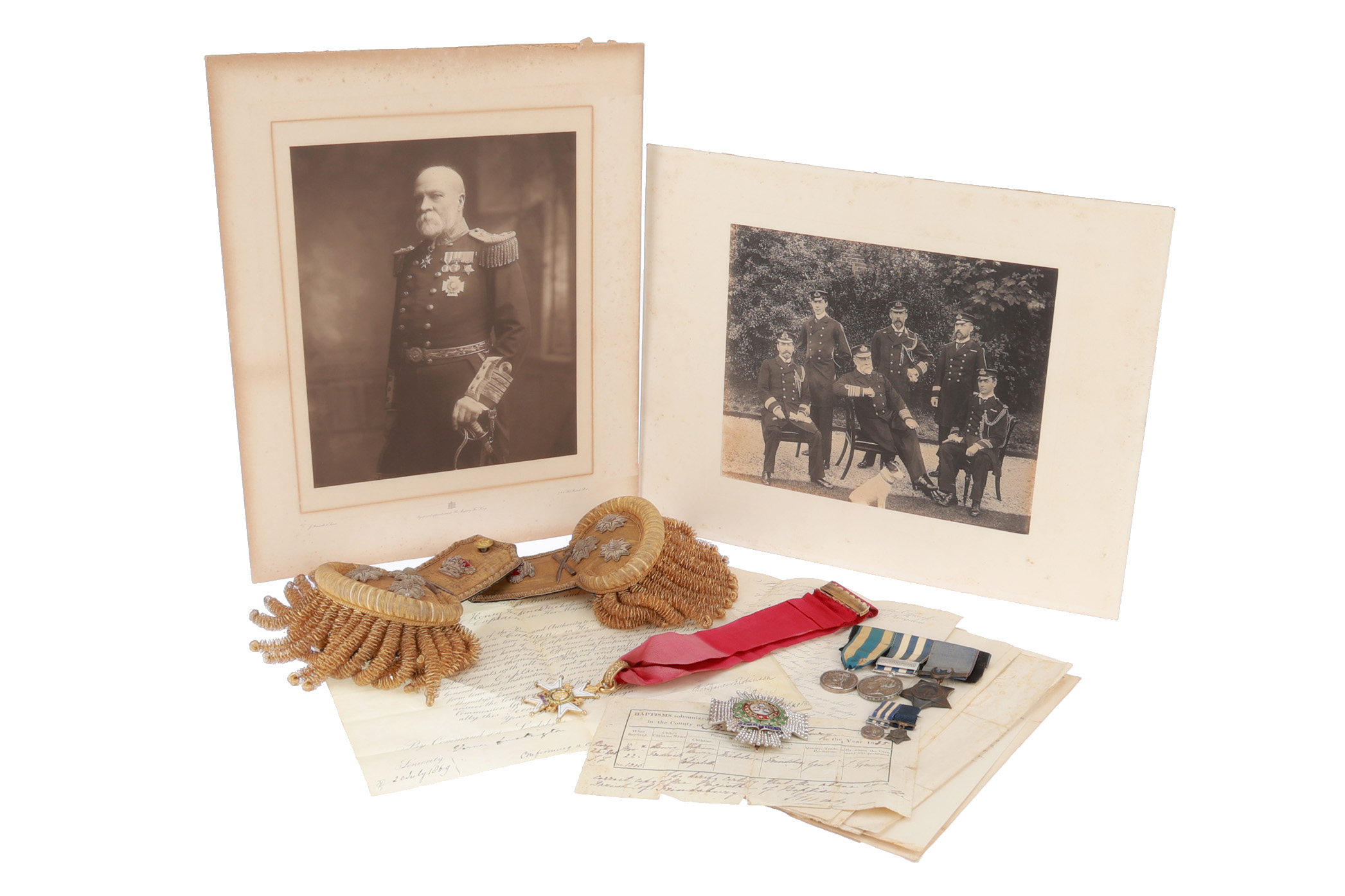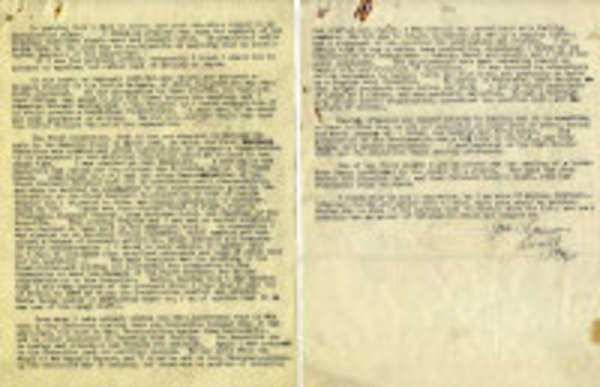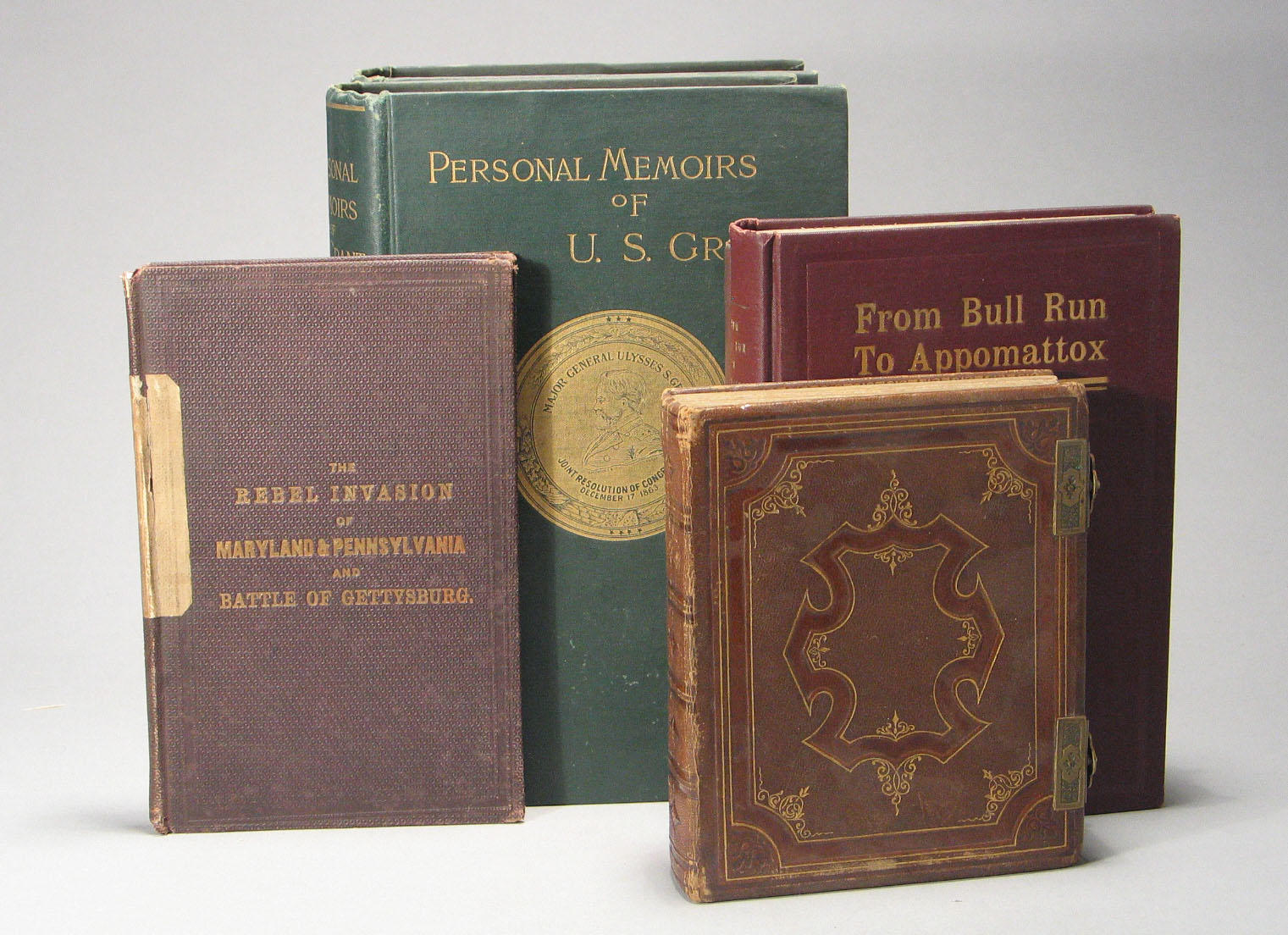Origins of The Civil War A very important unpublished typescript report prepared in April 1925 by Comdt. Joe O’Connor (Seosamh O’Conchubhair] of the anti-Treaty IRA Executive, at the request of the IRA’s Chief of Staff [at this time Frank Aiken], outlining the contacts and discussions between leaders of the Free State Army and different wings of the IRA in the weeks leading up to the outbreak of open Civil War in late June 1922; with other typescript documents setting out the proposals discussed and largely agreed for reunification of the Army, with covering letters from O’Connor, from the Chief of Staff and from Sean Mc Bride, then IRA Director of Finance. After Dail Eireann endorsed the Treaty and British forces began to withdraw from their Irish bases, a confused situation developed within the IRA. The Army Executive was divided between those who supported the new Free State Army led by Richard Mulcahy and Michael Collins with headquarters at Beggar’s Bush, and those who opposed the Treaty or remained uncertain. When the Government prohibited an IRA Convention in March 1922, an anti-Treaty Executive was set up which withdrew allegiance from Dail Eireann; in April a group led by Rory O’Connor set up headquarters in the Four Courts. After open fighting almost broke out in Limerick, there were negotiations between the Beggar’s Bush and Executive groups to reunify the Army, running parallel to political discussions on the ‘Pact.’ The details of these discussions remain obscure, and there is no fully authoritative account of how they finally failed. Frank Aiken had not been directly involved, and when he became Chief of Staff in April 1925 it appears he asked some of those involved to explain what went wrong. Sean Mc Bride’s letter (15 May) encloses a series of typescripts apparently from the Free State side, outlining the Government’s proposals for reunifications of the Army dated 9 June 1922 (apparently drawn up by Gen. Eoin O’Duffy), and with a letter from Richard Mulcahy dated 12 June. with Joe O’Connor’s report, they show how close the two sides came to agreement. ‘The joint Army Council agreed to ask de Valera to accept M/D [the Ministry of Defence], to which he acceded, but on Collins returning from London he turned down that proposal, and the next move was to give us C/S [Chief of Staff]. To this we agreed, for the position was at this time critical. It was then proposed that O’Duffy should retain his position of C/S and that we should get two Deputy Chiefs of Staff. This we refused to agree to, although [Liam] Lynch was in favour of acceptance… There was I think another meeting but nothing was derived from it.'[O’Connor p. 2-3]. O’Connor also says the occupation of the Four Courts was not ordered by the Anti-Treaty Executive. ‘I think we met on Holy Thursday, certainly the Executive was in session, but there was no mention of occupying the Four Courts, and I was much surprised to hear on Good Friday that our Forces had taken possession of that building.’ O’Connor’s report describes a very confused situation on the Anti-Treaty side in late June — he was himself denied admission to the Four Courts on one occasion — and indicates that the actual outbreak of the Civil War came as a surprise. He attended an Executive meeting at the Four Courts on the day before the attack; ‘no mention was made of the arrest of O’Connell [the Free State Army’s deputy Chief-of-Staff ‘Ginger’ O’Connell, whose detention by the Anti-Treaty group was the final casus belli for Michael Collins]. ‘On leaving the meeting I was informed that the States were standing-to. I mentioned this to Lynch, and he remarked that he supposed O’Connell was still a prisoner there and I should inform [Joe] Mc Kelvie of the standing-to. The attack was opened that night, and the things which happened after are well known. ‘During the fight it was to my unit that de Valera reported, and on my insistence he went to G.H.Q. Hammam Hotel for the purpose
Origins of The Civil War A very important unpublished typescript report prepared in April 1925 by Comdt. Joe O’Connor (Seosamh O’Conchubhair] of the anti-Treaty IRA Executive, at the request of the IRA’s Chief of Staff [at this time Frank Aiken], outlining the contacts and discussions between leaders of the Free State Army and different wings of the IRA in the weeks leading up to the outbreak of open Civil War in late June 1922; with other typescript documents setting out the proposals discussed and largely agreed for reunification of the Army, with covering letters from O’Connor, from the Chief of Staff and from Sean Mc Bride, then IRA Director of Finance. After Dail Eireann endorsed the Treaty and British forces began to withdraw from their Irish bases, a confused situation developed within the IRA. The Army Executive was divided between those who supported the new Free State Army led by Richard Mulcahy and Michael Collins with headquarters at Beggar’s Bush, and those who opposed the Treaty or remained uncertain. When the Government prohibited an IRA Convention in March 1922, an anti-Treaty Executive was set up which withdrew allegiance from Dail Eireann; in April a group led by Rory O’Connor set up headquarters in the Four Courts. After open fighting almost broke out in Limerick, there were negotiations between the Beggar’s Bush and Executive groups to reunify the Army, running parallel to political discussions on the ‘Pact.’ The details of these discussions remain obscure, and there is no fully authoritative account of how they finally failed. Frank Aiken had not been directly involved, and when he became Chief of Staff in April 1925 it appears he asked some of those involved to explain what went wrong. Sean Mc Bride’s letter (15 May) encloses a series of typescripts apparently from the Free State side, outlining the Government’s proposals for reunifications of the Army dated 9 June 1922 (apparently drawn up by Gen. Eoin O’Duffy), and with a letter from Richard Mulcahy dated 12 June. with Joe O’Connor’s report, they show how close the two sides came to agreement. ‘The joint Army Council agreed to ask de Valera to accept M/D [the Ministry of Defence], to which he acceded, but on Collins returning from London he turned down that proposal, and the next move was to give us C/S [Chief of Staff]. To this we agreed, for the position was at this time critical. It was then proposed that O’Duffy should retain his position of C/S and that we should get two Deputy Chiefs of Staff. This we refused to agree to, although [Liam] Lynch was in favour of acceptance… There was I think another meeting but nothing was derived from it.'[O’Connor p. 2-3]. O’Connor also says the occupation of the Four Courts was not ordered by the Anti-Treaty Executive. ‘I think we met on Holy Thursday, certainly the Executive was in session, but there was no mention of occupying the Four Courts, and I was much surprised to hear on Good Friday that our Forces had taken possession of that building.’ O’Connor’s report describes a very confused situation on the Anti-Treaty side in late June — he was himself denied admission to the Four Courts on one occasion — and indicates that the actual outbreak of the Civil War came as a surprise. He attended an Executive meeting at the Four Courts on the day before the attack; ‘no mention was made of the arrest of O’Connell [the Free State Army’s deputy Chief-of-Staff ‘Ginger’ O’Connell, whose detention by the Anti-Treaty group was the final casus belli for Michael Collins]. ‘On leaving the meeting I was informed that the States were standing-to. I mentioned this to Lynch, and he remarked that he supposed O’Connell was still a prisoner there and I should inform [Joe] Mc Kelvie of the standing-to. The attack was opened that night, and the things which happened after are well known. ‘During the fight it was to my unit that de Valera reported, and on my insistence he went to G.H.Q. Hammam Hotel for the purpose













Testen Sie LotSearch und seine Premium-Features 7 Tage - ohne Kosten!
Lassen Sie sich automatisch über neue Objekte in kommenden Auktionen benachrichtigen.
Suchauftrag anlegen